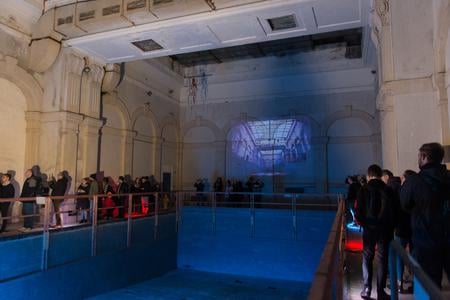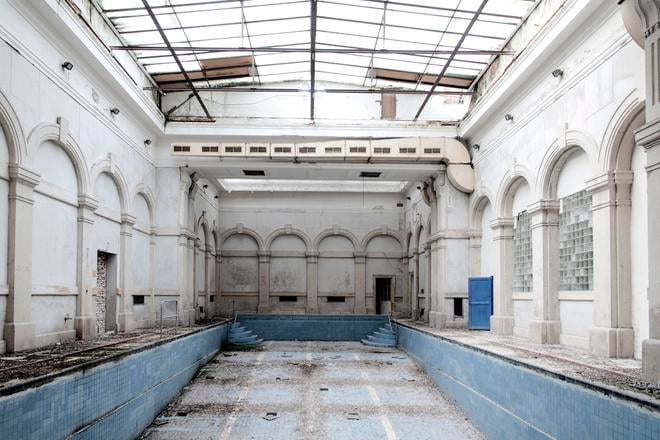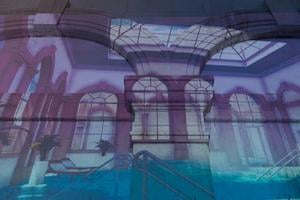You can immerse yourself not only in the water, but also into the atmosphere, conversation or book. Thus the topic of immersion has become the main idea of restoring the legendary Grössling bathhouse in the very centre of Bratislava. In addition to the original bathhouse’s functions, it will be enriched with the function of a library and a reading room, a café and a residence for artists. What the bathhouse will look like after the refurbishment and what and where its new functions will be located will be decided by the international architectural competition for the restoration of the now defunct bath. The Bratislava city council and its Metropolitan Institute of Bratislava (MIB) announced the competition in mid-March.
“Our intention is to salvage the Grössling bathhouse and offer its future visitors something unique and special for Bratislava,” Gábor Bindics from MIB told The Slovak Spectator.
The competition brief assumes the capacity of pools to be approximately 145 people and another 70 people in saunas. Existing sitting and swimming pools should be revitalised and supplemented by at least two new pools - a recreational indoor pool and a recreational outdoor pool. These together should have approximately 155 square metres and a capacity of approximately 51 people. There is also a possibility of building a pool with salty water, while such a pool used to be here based on documents from 1895. The location of the new pools is up to the architects.
The brief counts on a café, which is to become an open space with a children’s zone and a reading room with newspapers and new books.

Part of the project will be the revitalisation of the building’s surroundings and the park on Medená Street. At present, this park has a transit character. Most of the paved areas are used for parking and the greenery is in a neglected condition. After the revitalisation this space should become a quality urban public space. The specific solution and appearance of the park will be clear after the evaluation of the submitted proposals.
“For example, between the bathhouse and the park from Medená Street there are some original yellow Keramit tiles, which were once used throughout the city in the early 20th century,” says Bindics, adding that they would like to see them used in this project.
The city also plans to preserve the historic industrial elements in the historic boiler room - two boilers by the Brunner company as well as a 40-metre smokestack.



 Friedrich Weinwurm, Ignác Vécsei: Steam and healing spa Grössling, Bratislava, Vajanského Embankment 11; 1929 – 1930. (source: Olja Triaška Stefanović)
Friedrich Weinwurm, Ignác Vécsei: Steam and healing spa Grössling, Bratislava, Vajanského Embankment 11; 1929 – 1930. (source: Olja Triaška Stefanović)


